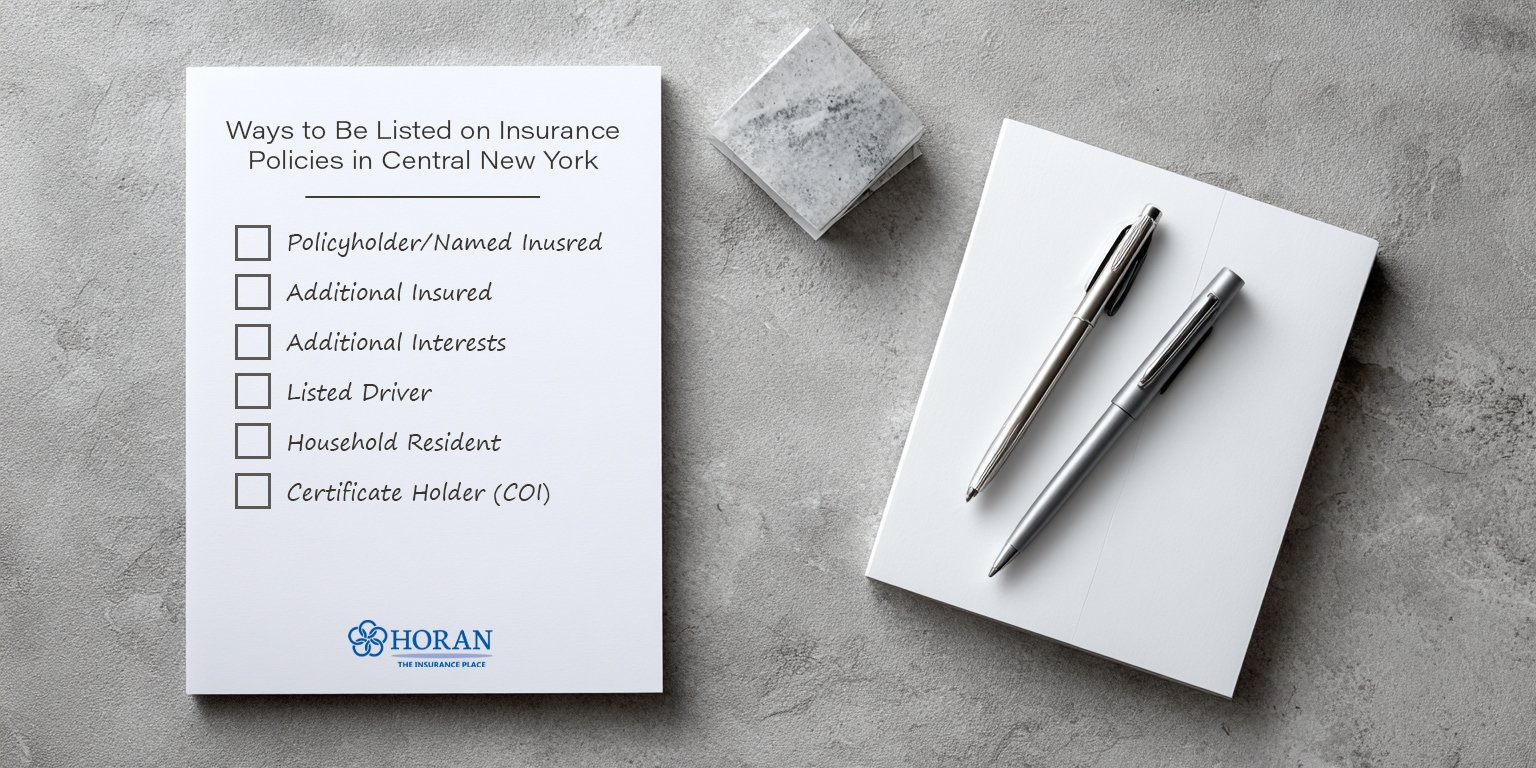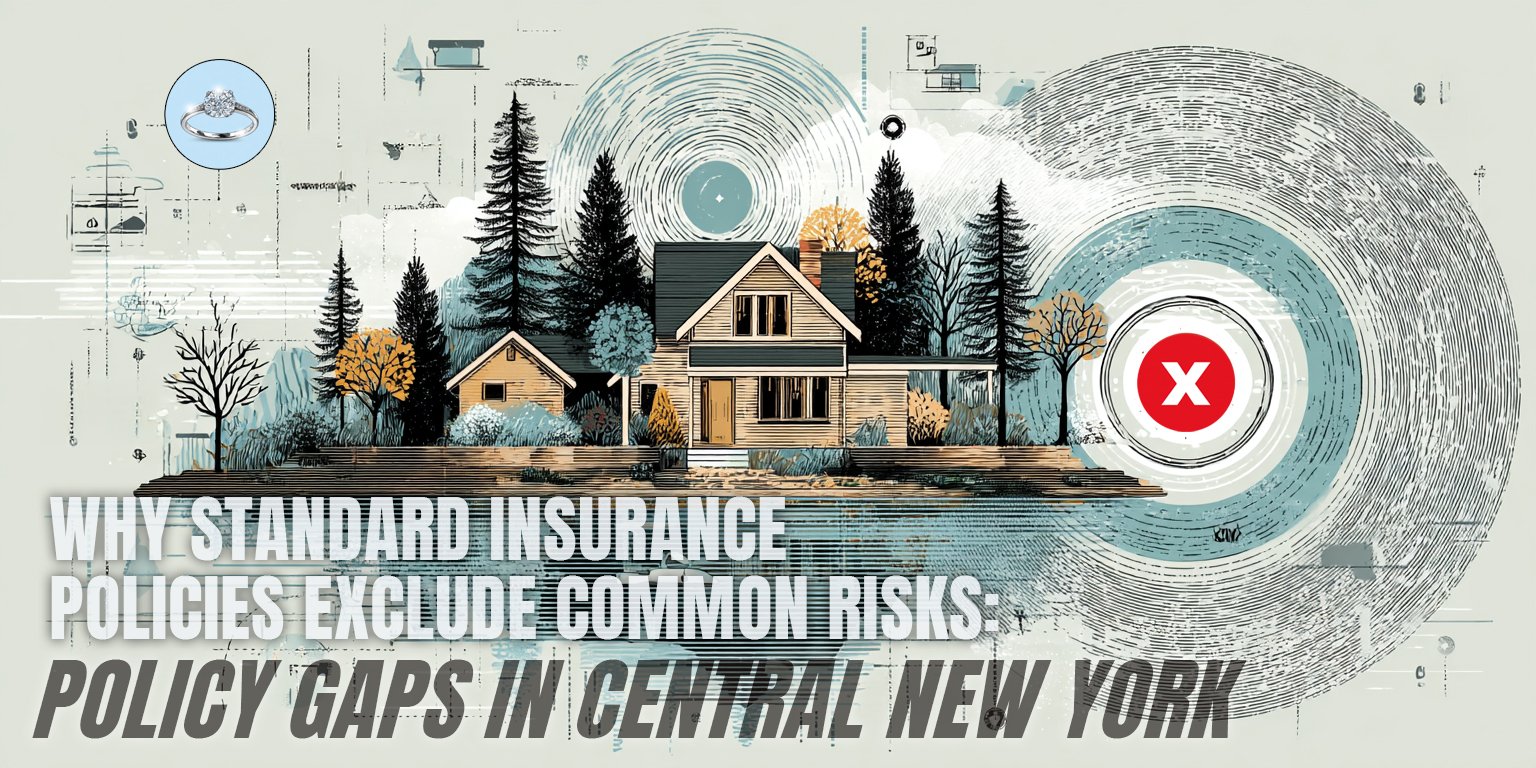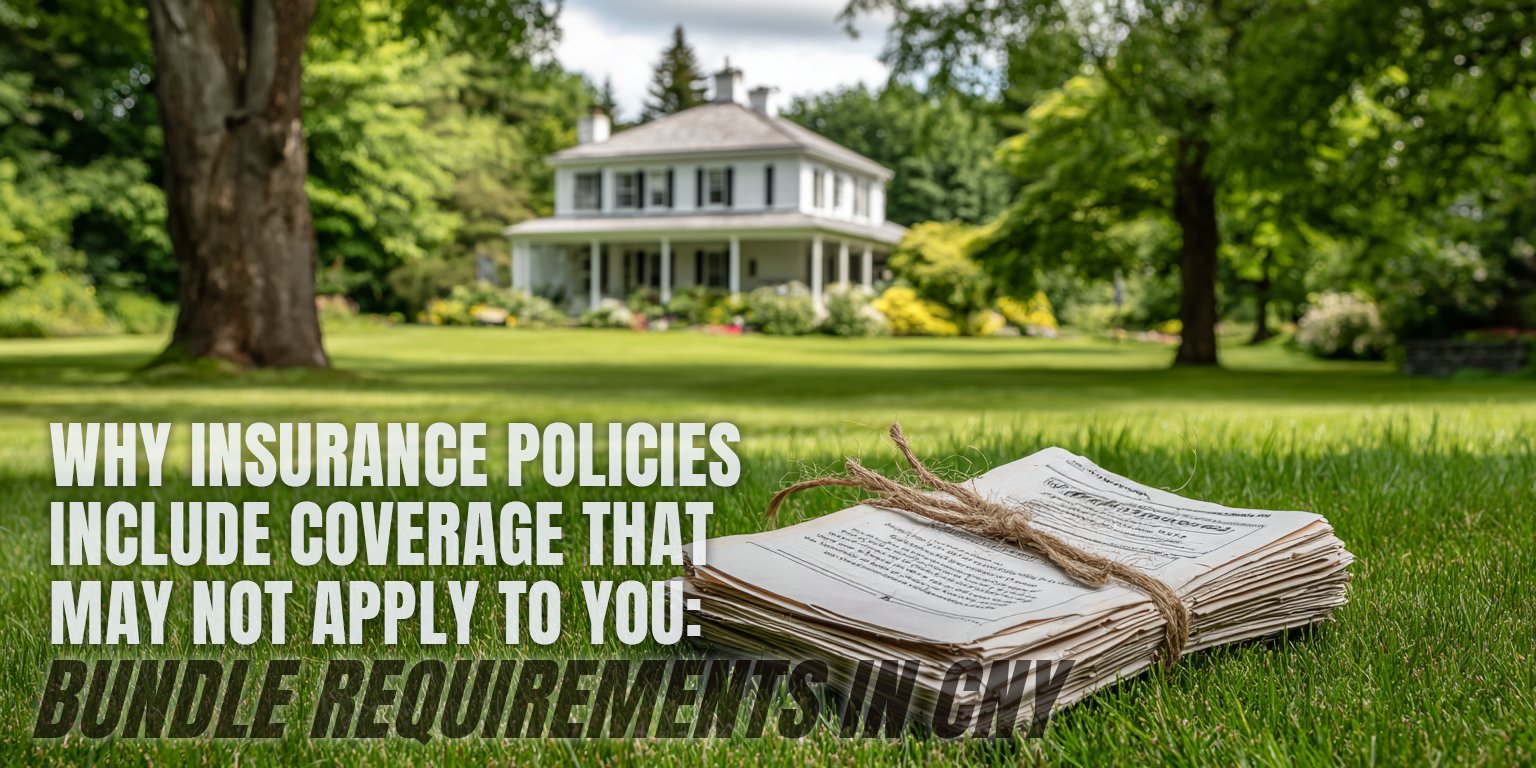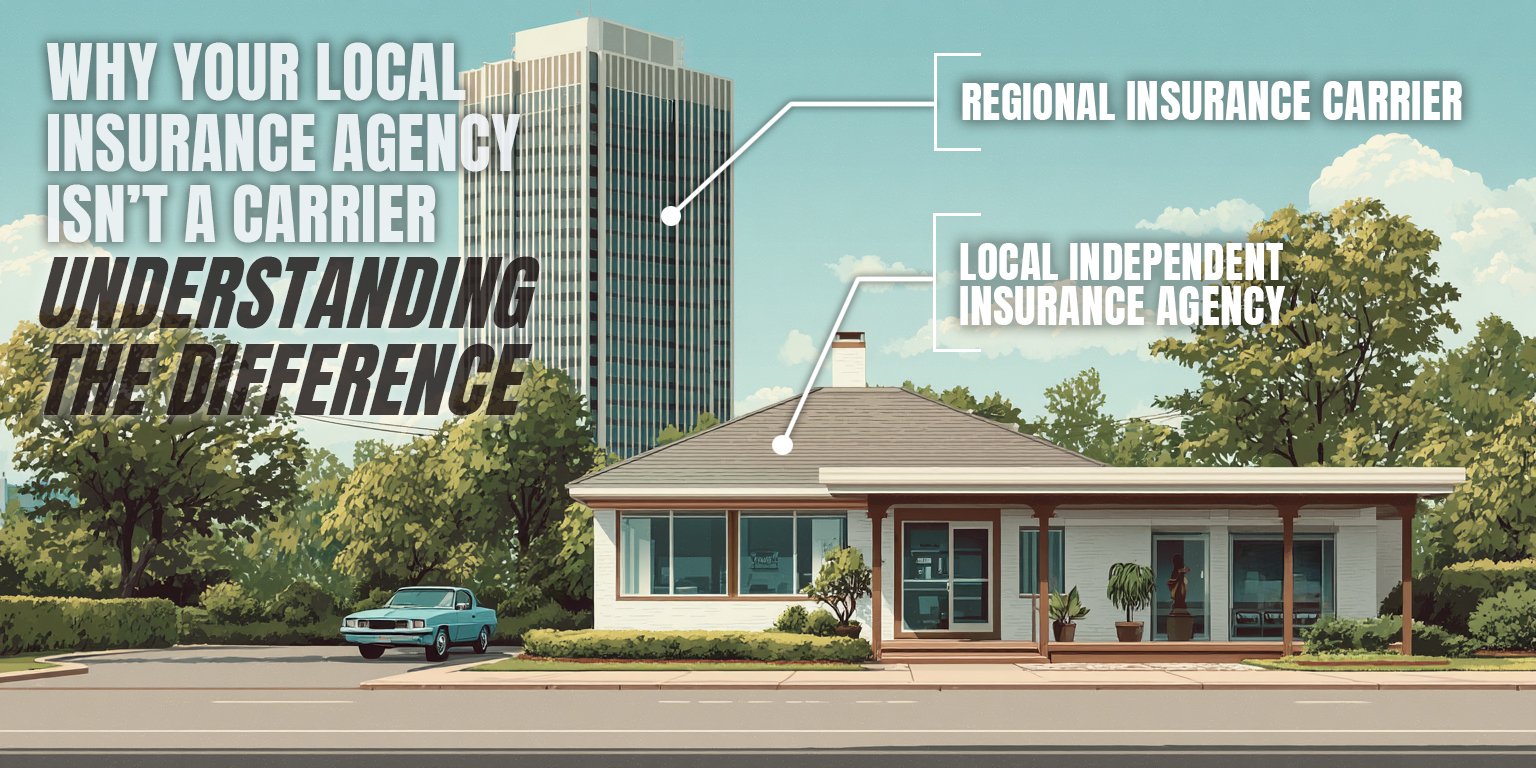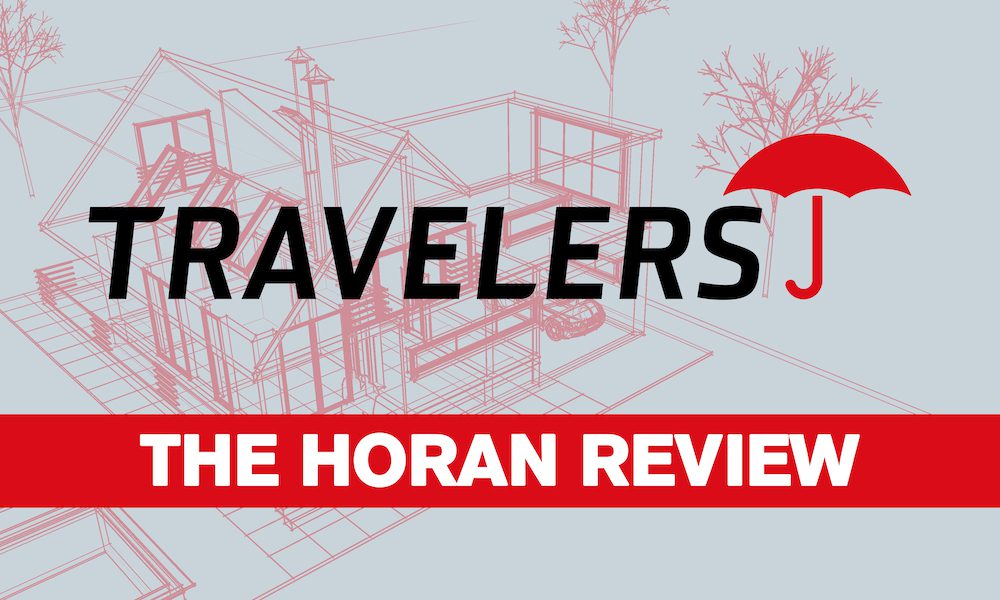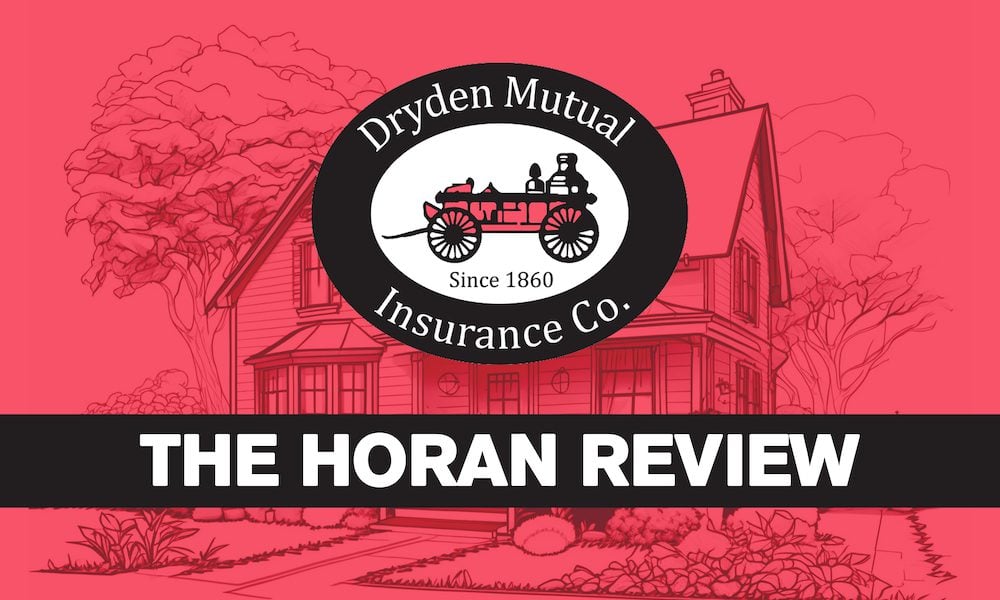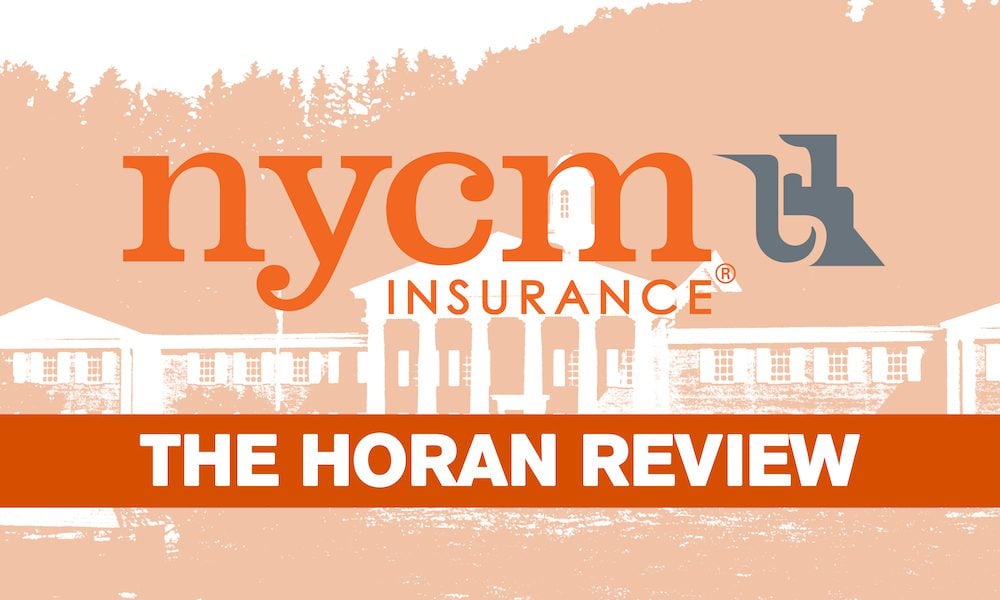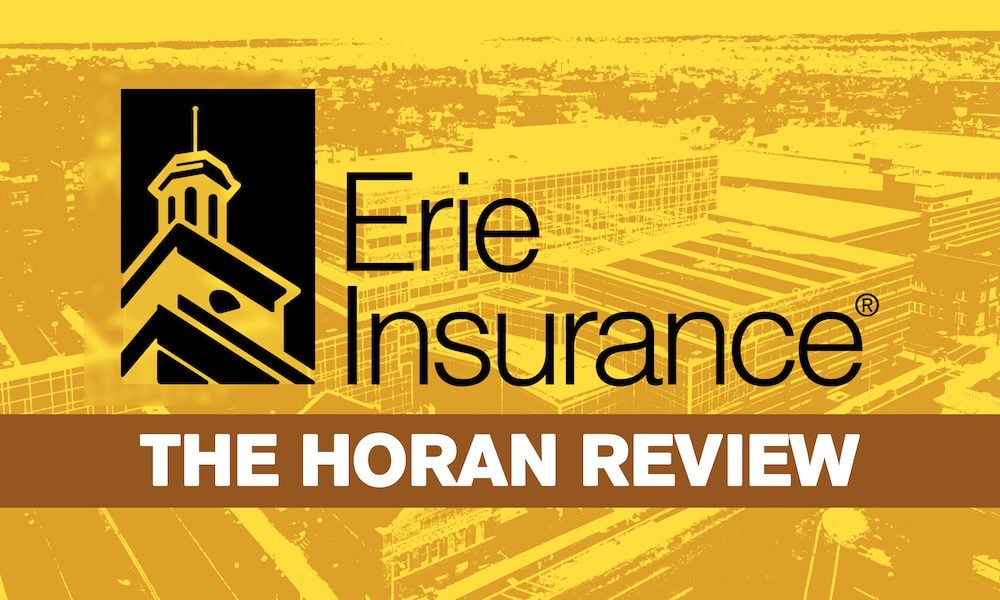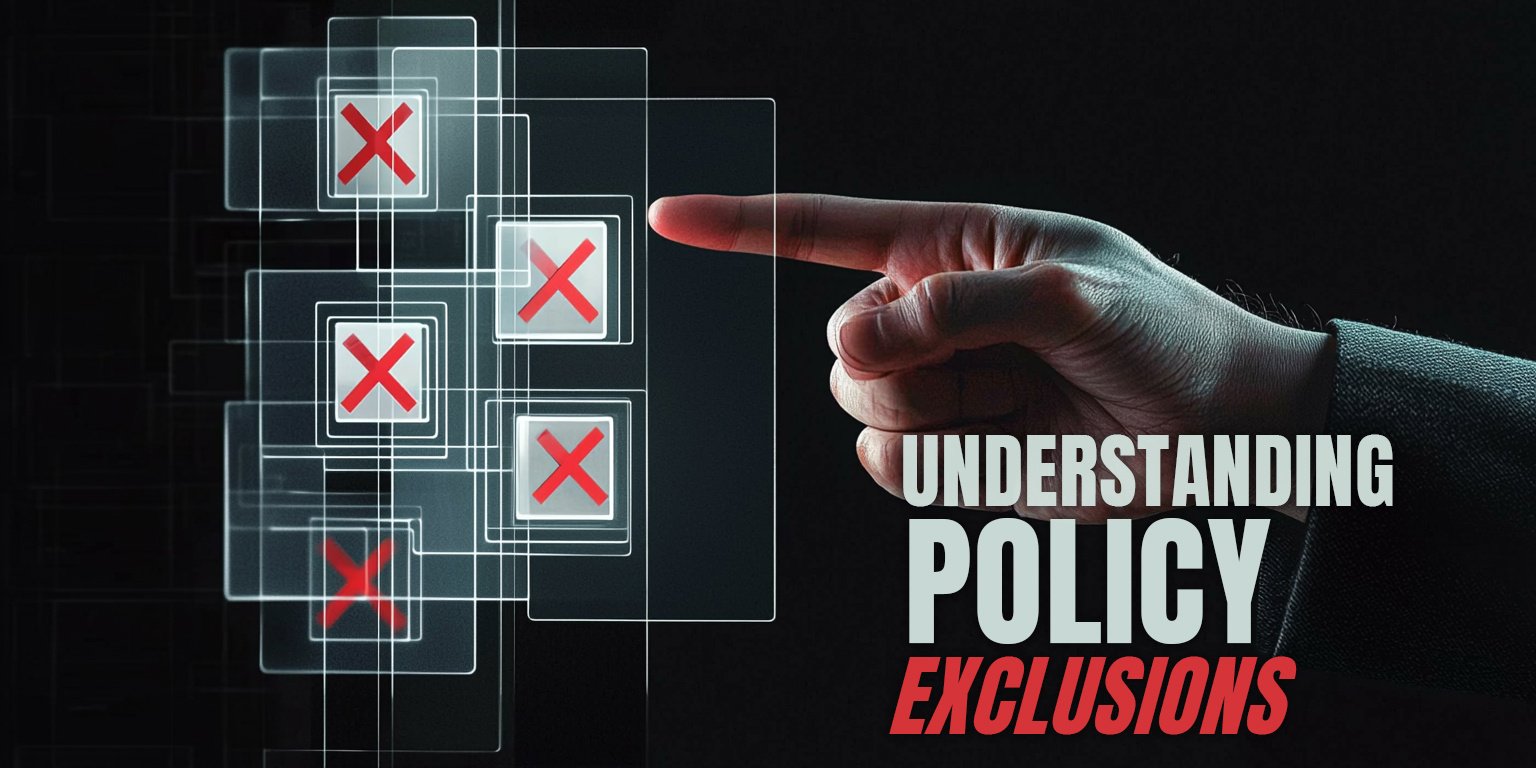Watching your grandmother's wedding ring gather dust in your jewelry box while you debate whether to wear it raises questions about more than sentiment. You're probably wondering if that heirloom piece is adequately covered under your current homeowner's policy.
The uncertainty about proper insurance coverage can leave you vulnerable to significant out-of-pocket expenses if something unexpected happens to your valuable jewelry.
At the Horan insurance agency, we help Central New York residents understand jewelry appraisal requirements from different insurance carriers. We work with multiple carriers to help people explore coverage options that address their specific jewelry values and circumstances.
This article covers jewelry appraisal requirements from various carriers, how different insurers approach documentation needs, and factors that can influence your coverage decisions.
How Insurance Carriers Determine Appraisal Requirements
The question of when you need a jewelry appraisal varies significantly between carriers operating in Central New York. Most insurance carriers may require an appraisal or receipt to demonstrate the value of your valuable items. However, the specific thresholds differ considerably.
Progressive Insurance requires an appraisal for certain items valued at $5,000 or more, along with a bill of sale and clear photos. Items worth less than $5,000 typically require detailed descriptions. Meanwhile, Erie Insurance generally requires appraisals if your ring is worth more than $7,000 and/or is older than seven years.
These varying requirements mean that a piece worth $6,000 might need formal documentation with one carrier but not another. This disparity affects not just your application process but also how quickly you can secure coverage for newly acquired pieces.
NYCM Insurance provides special limits for jewelry and furs that vary by policy type, with aggregate limits ranging from $5,500 to $10,000 depending on the coverage level selected. For pieces that may exceed these policy limits, scheduling items separately typically requires formal appraisals regardless of age.
Documentation Standards Across Central New York Insurance Carriers
Travelers offers two distinct approaches. With a Valuable Items Plus endorsement, your homeowners insurance coverage is expanded to help with coverage for your valuables from loss caused by additional perils.
For jewelry, paintings and other fine art you can purchase up to $50,000 of coverage. Their Personal Articles Floater (PAF) option requires individual item documentation but provides agreed-value coverage.
Regional carriers serving Central New York often take different approaches. Oswego County Mutual allows customization through endorsements for special equipment and personal items that might not appear in base policies.
These include tractors, boats, trailers, jewelry, and guns. Their local focus means they often work directly with policyholders to determine appropriate documentation requirements.
These varying approaches affect not just what documentation you need but also how claims are handled. Some carriers provide cash settlements based on appraisal values, while others work through networks of preferred jewelers for replacements.
Finding Qualified Jewelry Appraisers in the Syracuse Metropolitan Area
Central New York residents have access to qualified jewelry appraisers, though the concentration varies by location. You can find a qualified jewelry appraiser at your local jewelry store or find a professional through the National Association of Jewelry Appraisers and the American Gem Society.
Professional credentials matter significantly for insurance purposes. A professional jewelry appraiser should be a member of a respected national appraisal organization, like the ones listed above.
This ensures that they must complete continuing education and conform with industry standards such as the Uniform Standards of Professional Appraisal Practice (USPAP).
The appraisal document itself must meet specific insurance requirements. Make sure the jeweler or appraiser uses official business letterhead with their contact information in case your insurer has questions.
How Inherited and Estate Jewelry Affects Coverage Requirements
Inherited jewelry presents unique documentation challenges that differ from newly purchased pieces. Pieces received through estates often lack recent appraisals, and their values may have changed significantly since original purchase.
Estate jewelry often comes with outdated documentation that may not meet current carrier requirements. A 1985 appraisal for your grandmother's diamond bracelet won't satisfy most insurance carriers' currency requirements, even if the piece hasn't changed hands.
Many carriers have specific approaches for inherited pieces that differ from newly purchased jewelry. In order to give you the most accurate appraisal possible, bring any documentation you have for the piece, such as a sales receipt, previous appraisals, or laboratory certificates from GIA, EGL, AGS, etc.
Estate or probate appraisals provide a fair market value to assess the worth of inherited items, and updated appraisals include detailed descriptions and photographs that can be invaluable for proving ownership in legal or insurance claims.
For inherited pieces, establishing ownership becomes particularly important since the jewelry may lack recent purchase documentation. Family documentation, photographs showing the jewelry being worn at family events, and any existing insurance records can supplement formal appraisals when establishing coverage.
Alternative Coverage Approaches for Different Jewelry Values
Not all jewelry requires the same coverage approach. Blanket coverage—which means you don't need to identify each item in advance of a loss—is fine if you have a number of less-expensive items. If you own items worth several thousand dollars apiece (or more), it's suitable to consider specific coverage, where the appraisal is written into a separate jewelry policy.
For Central New York residents with modest jewelry collections, standard homeowner's policy limits may provide adequate coverage. If you have jewelry worth more than a few thousand dollars, getting jewelry insurance is often a consideration.
The cost structure differs between coverage approaches. Annual rates range from $13-$25 per $1,000 of appraised value in some areas, while other locations see rates of $35-$45 per $1,000 of appraised value. These variations affect the economics of different coverage strategies.
Some carriers provide automatic adjustments for inflation. Though many insurers adjust coverage each year to account for inflation, they don't require reappraisals. However, it can be helpful to have expensive items reappraised every five years or so to account for changes in market value.
Avoiding Coverage Gaps Through Proper Documentation
Inadequate documentation can create coverage gaps that become expensive during claims. Without an accurate appraisal, your jewelry could be over-inflated, which could lead to a higher premium; or you could be underinsured and end up incurring additional out-of-pocket expenses to repair or replace your piece.
Your insurer may also require photos of the item, and the appraisal itself may need to be dated within a certain number of months of when your coverage starts. These requirements affect how you plan documentation for coverage.
For Central New York residents, seasonal considerations also matter. Winter months often see increased jewelry losses due to holiday travel and activities. Having proper documentation completed before these higher-risk periods helps ensure coverage is available when you might need it most.
The financial exposure extends beyond the jewelry's value. Filing a jewelry claim could raise the premium, or in some cases, cancel/non-renew your entire homeowner policy when jewelry is covered under property insurance rather than separate policies.









